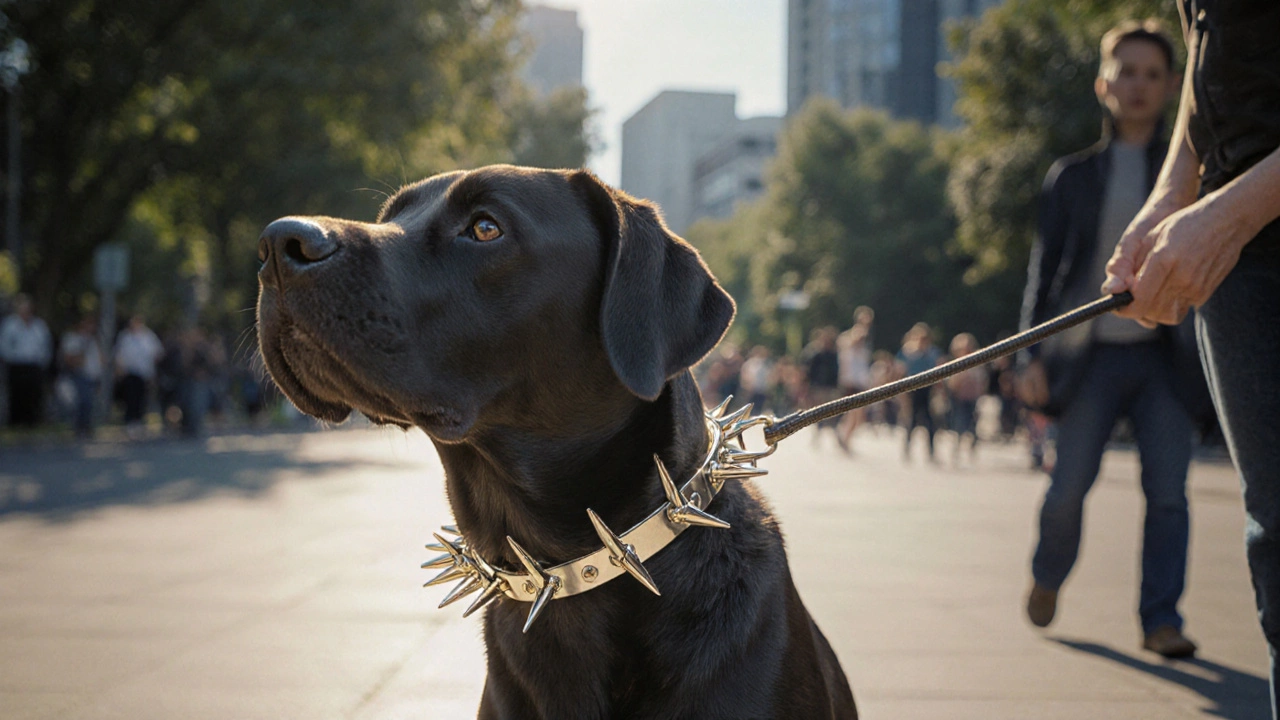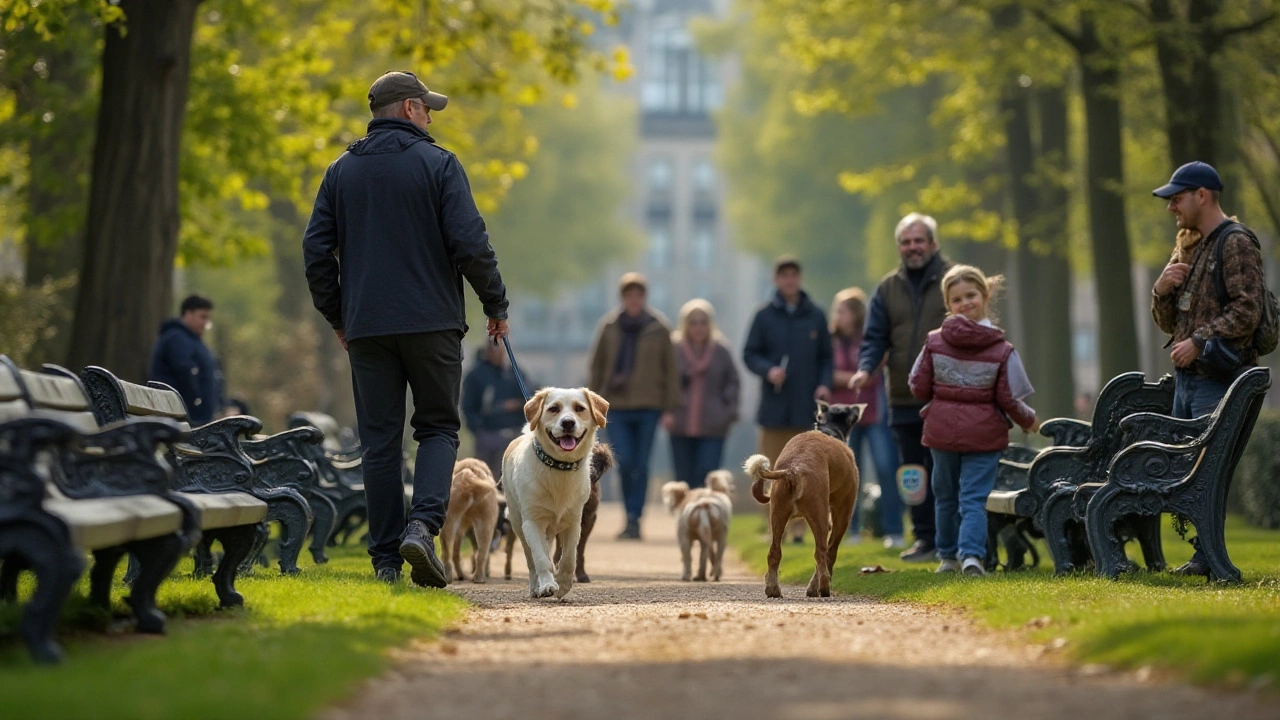Canine Behavior Made Simple – Real Tips for Real Dogs
If you ever wonder why your dog barks at the mailman or gets nervous on a car ride, you’re not alone. Most owners face the same puzzles, and the good news is there are easy ways to make life smoother for both of you.
First, watch your dog’s body language. A relaxed tail, soft ears and a loose posture usually mean calm. Tense muscles, a stiff tail, or a lowered head signal stress. Catching these signals early helps you step in before a problem escalates.
How to Stop Excessive Barking
Barking is a natural alarm, but too much can be a headache. Identify the trigger – a passerby, a squirrel, or just boredom. If it’s a specific sound, try a gentle “quiet” cue followed by a tasty treat when the dog stops. Consistency is key; repeat the cue every time and reward the silence.
Sometimes barking comes from lack of exercise. A quick 20‑minute walk or a game of fetch can burn off excess energy and reduce vocal complaints. Remember, a tired pup is a quiet pup.
Travel Anxiety and Road Trips
Going on holiday with your dog can be exciting, but many pups get nervous on the road. Start with short car rides around the neighbourhood and reward calm behavior with treats. Gradually increase the distance so the dog learns that the car is safe.
For longer trips, bring a familiar blanket or toy. The familiar scent works like a comfort button. If the dog still seems shaky, a short breathing pause (deep breaths for you) can help calm the cabin’s atmosphere.
Air travel adds another layer of stress. Check airline rules early, then let your dog explore the carrier at home. Place the carrier in a quiet corner and feed meals inside it so the space becomes a happy zone.
Collars are another hot topic. Wearing a collar all day is fine as long as it fits snugly but not too tight – you should be able to slip two fingers underneath. If the collar has a tag that rattles, your dog might get irritated. Switch to a lightweight, breakaway style if your pup is a jumper.
When it comes to bedtime, dogs love a routine. Dim the lights, give a short walk, then offer a chew toy or a comfortable bed. Many dogs enjoy a gentle pat or a soft voice as they settle – just avoid overstimulating them right before sleep.Training basics are simple: use short, clear commands and reward immediately. A clicker or a word like “yes” works as a marker that tells your dog they did the right thing. Keep sessions under five minutes so the dog stays focused.
If you’re dealing with persistent problems, consider a quick consult with a vet or a certified trainer. Sometimes an underlying health issue can cause sudden changes in behavior.
In the end, the best strategy is paying attention, staying consistent, and rewarding the good stuff. Your dog will pick up on your calm energy and respond in kind. Happy, well‑behaved dogs make for happier owners – and that’s a win‑win for everyone.
Posted By Bryndle Redding On 14 Oct 2025 Comments (0)
Why Do People Hate Prong Collars? Understanding the Controversy Behind This Dog Training Tool
Explore why prong collars spark strong criticism, the health risks they pose, legal bans, and humane alternatives for better dog training.
READ MOREPosted By Bryndle Redding On 10 Dec 2024 Comments (0)
Do Prong Collars Effectively Reduce Dog Pulling?
Prong collars are often considered to manage and reduce the tendency of dogs to pull during walks. This article explores the effectiveness of prong collars, how they work, and their benefits and drawbacks. The use of prong collars is a debated topic, with some dog owners swearing by them while others bring up concerns about the impact on the dog's well-being. Learn the essentials before deciding if a prong collar is the right choice for your pet.
READ MORE
